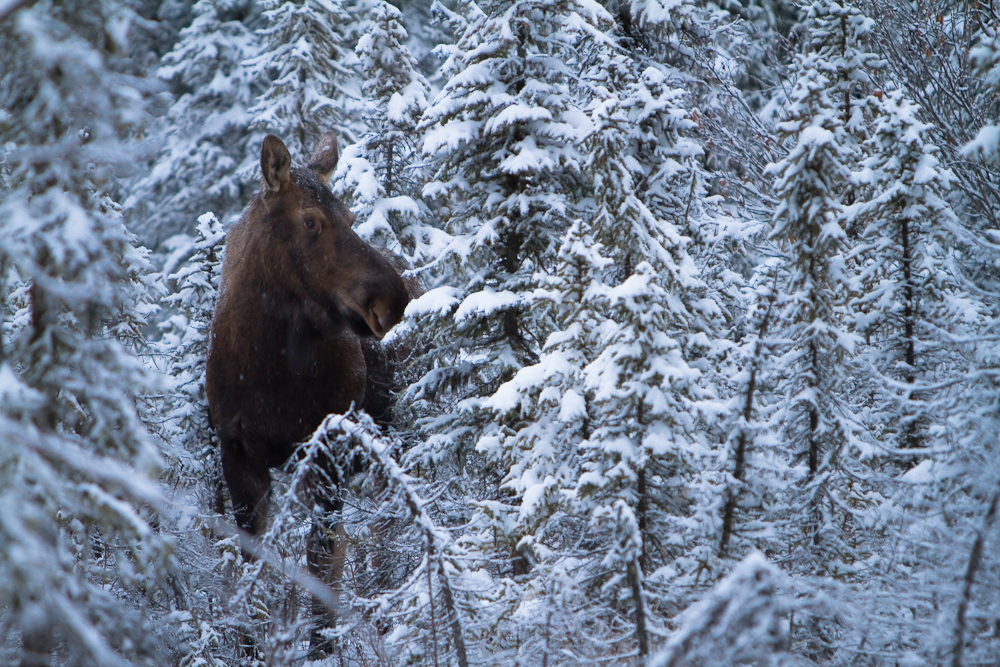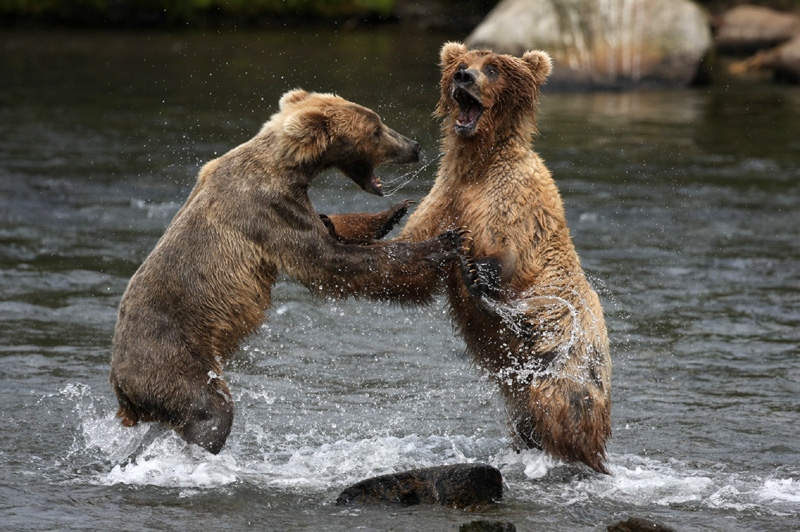
Patrick Endres is one of my favorite photographers of the Alaskan landscape. Add to that, he is a prolific Fairbanks local whose images, rich in color and depth, pop up all over the place. Though a generalist nature photographer, shooting everything from wildlife to people to landscapes, it is my opinion that Patrick does his best work when shooting dramatic mountain scenery. The image above is one of my favorites of his. He made it while shooting quickly in Prince William Sound. (Read his blog entry detailing the shot HERE).
I like the image because of the limited color. It primarily consists of tones of gray and blue. The image has excellent depth and most importantly tells a great story of the stark post-glacial landscape. It seems this shot could have been made in almost any year of earth's history, and I like that.
Additionally Patrick has a great blog where he discusses everything about Alaska photography, if you want to learn something from one of the best of Alaska's photographers, I encourage you to check it out HERE.
I'm looking forward to gleaning what I can from his this winter as we both work as guides on a Cheeseman's Ecology Safaris trip to Antarctica and the Southern Ocean. I'll be headed that direction shortly after Christmas.






